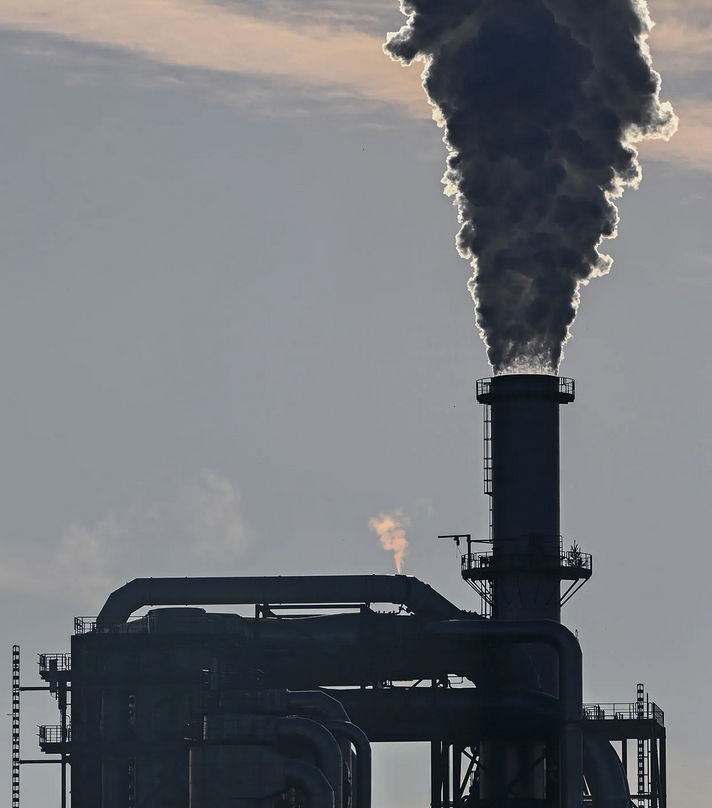
The fashion industry is responsible for 1.8 per cent of global greenhouse gas emissions, according to a report released today by the Apparel Impact Institute (AII) — a significantly lower figure than previous, often-cited estimates of 8 or even 10 per cent.
But that doesn’t mean fashion is off the hook for its emissions. If anything, the authors say, their calculations show that more action is needed, and it’s needed quickly.
“All sectors, frankly all countries, have to decarbonize — roughly half by 2030, and net zero by 2050,” says Michael Sadowski, sustainability consultant and author of the report. Titled “Taking Stock of Progress Against the Roadmap to Net Zero”, the report is meant to both provide an update of the net zero roadmap that AII and the World Resources Institute published in 2021, and to inspire accelerated action within the fashion industry, in part by highlighting successful case studies where companies that have engaged on emissions reductions have results to show for it.
“We’re seeing significant increases in preferred materials, significant investments in renewable energy and energy efficiency by factory groups and by brands,” says Sadowski. “We do have to hold companies accountable for driving emissions, and obviously we need more of it and more of the industry involved. But I’m cautiously optimistic.”
Compiling data from Textile Exchange, the Sustainable Apparel Coalition and Worldly (formerly Higg Co), Sadowski and the AII research team estimate that emissions from the apparel sector weighed in at 0.897 gigatonnes of carbon dioxide equivalent in 2021 — representing approximately 1.8 per cent of global emissions — which they say is a 0.87 per cent increase from two years prior. That puts the industry on a disastrous path: assuming business-as-usual growth, the report says that fashion’s emissions are projected to reach 1.266 gigatonnes in 2030.
Staying within a 1.5°C trajectory, however, requires the 2030 level to drop — down to at least 0.489 gigatonnes — rather than to climb. And the increase over the last two years is despite the investments fashion has already made in climate actions, showing how much more work the industry still needs to do.
The report highlights a series of existing climate initiatives by companies — both brands and suppliers, including H&M Group, ISKO, Arvind Ltd, Lenzing, Lululemon and Nike, among others — across the six major categories that the initial “Roadmap” identified as the places fashion needs to prioritise its efforts. They’re meant to offer case studies that other companies can follow. Those categories were: material efficiency; scaling more sustainable materials and practices; accelerating the development of innovative materials; energy efficiency; eliminating coal in manufacturing; and shifting to 100 per cent renewable electricity.
The report does not address issues like overproduction, and does not account for end-of-life impacts. One theme that did emerge for Sadowski, though, is the growing role — and authority — that manufacturers are taking on in the conversation about emissions reductions. Brands are increasingly recognising how dependent they are on suppliers to meet their goals, while manufacturers — most of whom operate in countries that are among the most vulnerable to the effects of climate change — are ready to invest in solutions.
“In some instances, I think their efforts are maybe more impressive than what you see from some of the brands,” says Sadowski.
Between the momentum among suppliers and brands growing more sophisticated in how they approach their climate efforts, he’s optimistic about the direction of the industry. “At least the companies that are setting targets realise that you can no longer just make a commitment. You actually have to follow that with real investments, real resources internally.
Read more – Vogue Business
Access to the report – Apparel Impact Institute
